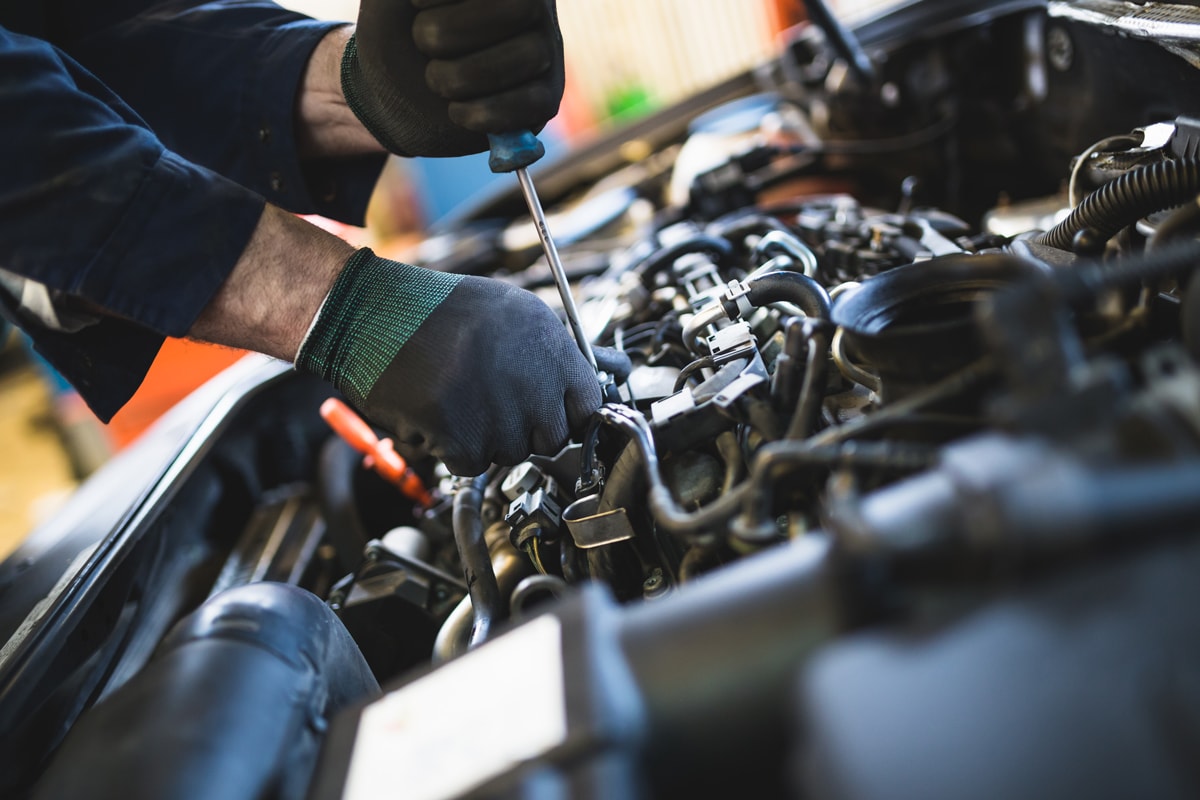All Categories
Featured
Your automobile's suspension system is an important element that enhances your driving experience by supplying convenience, control, and security. In time, wear and tear on this system can compromise your automobile's safety and performance. By embracing appropriate upkeep techniques, you can expand the life of your suspension and prevent costly repairs. Right here's a step-by-step guide to keeping your suspension system in exceptional shape.
![]()
Dripping Fluid: Oil around the struts or shocks suggests they may require replacement. Harmed Springs: Fractures or breaks in the springs can cause unequal lorry elevation. Rust or Rust: Metal elements like control arms and bushings are vulnerable to corrosion with time. Have your suspension system inspected by a professional technician. if you notice any irregularities.
Keep tires blown up to the advised pressure. Rotate tires every 5,000 to 7,500 miles. Equilibrium and align wheels every year or after striking curbs or fractures. Uneven tire wear is a typical indication of suspension misalignment or worn elements.
![]()
Conclusion. Proper upkeep of your shock absorber is critical for making sure a comfy and secure driving experience. By carrying out normal examinations, replacing worn components, preserving tire care, and driving responsibly, you can keep your suspension in peak problem. Proactive care not just stops expensive fixings but additionally guarantees your automobile's durability and safety and security for each journey.
- Comprehend the Importance of the Shock Absorber. The suspension system takes in shocks from unequal roads, sustains the auto's weight, and maintains the tires securely touching the roadway. It consists of shocks, shows off, springtimes, control arms, and bushings, all of which job with each other to ensure a smooth and steady ride. Identifying its value is the very first step toward appropriate treatment.
- Conduct Normal Visual Assessments. Regular aesthetic checks can aid recognize potential concerns early. Try To Find:

Dripping Fluid: Oil around the struts or shocks suggests they may require replacement. Harmed Springs: Fractures or breaks in the springs can cause unequal lorry elevation. Rust or Rust: Metal elements like control arms and bushings are vulnerable to corrosion with time. Have your suspension system inspected by a professional technician. if you notice any irregularities.
- Address Unusual Noises and Symptoms. Uncommon sounds, such as creaking, squealing, or clunking, typically signal suspension concerns. A bouncy ride, difficulty guiding, or the lorry pulling to one side suggests that a suspension component may need focus. Do not neglect these signs; early detection can avoid more damage.
- Maintain Correct Tire Care. Tires and suspension interact to deliver a smooth ride. To lower tension on your suspension system:
Keep tires blown up to the advised pressure. Rotate tires every 5,000 to 7,500 miles. Equilibrium and align wheels every year or after striking curbs or fractures. Uneven tire wear is a typical indication of suspension misalignment or worn elements.
- Replace Worn-Out Elements promptly. Suspension components like shocks, struts, and bushings break gradually. Makers typically recommend changing shocks and struts every 50,000 to 100,000 miles, depending on driving conditions. Postponing replacement can jeopardize handling, safety, and overall vehicle performance.

- Avoid Overloading Your Vehicle. Surpassing your lorry's weight capacity puts too much stress on the shock absorber. This can bring about quicker tear and wear on components like springs and shocks. Constantly inspect your owner's guidebook for weight restrictions and stay clear of overloading.
- Drive Sensibly. Aggressive driving practices, such as speeding over craters, taking corners too quickly, or regularly driving on harsh roadways, can harm your suspension. Method cautious driving to minimize wear and prolong the life expectancy of your shock absorber.
- Set Up Professional Evaluations. Regular professional inspections are necessary for recognizing concealed concerns and making certain ideal performance. Auto mechanics can detect problems that aren't noticeable during a do it yourself check, such as worn round joints or control arm damages.
Conclusion. Proper upkeep of your shock absorber is critical for making sure a comfy and secure driving experience. By carrying out normal examinations, replacing worn components, preserving tire care, and driving responsibly, you can keep your suspension in peak problem. Proactive care not just stops expensive fixings but additionally guarantees your automobile's durability and safety and security for each journey.
Latest Posts
Safeguard Your Financial Investment with Professional Seamless Gutter Installation
Published en
1 min read
Explore the Premier Auto Repair Coupons in Montclare, Chicago
Published en
1 min read
Discover Montclare Auto Repair’s Premier Auto Repairs and Why Drivers Trust Them
Published en
1 min read
More
Latest Posts
Safeguard Your Financial Investment with Professional Seamless Gutter Installation
Published May 25, 25
1 min read
Explore the Premier Auto Repair Coupons in Montclare, Chicago
Published May 22, 25
1 min read
Discover Montclare Auto Repair’s Premier Auto Repairs and Why Drivers Trust Them
Published May 22, 25
1 min read